Twenty-one teeth, or the history of the crown cap
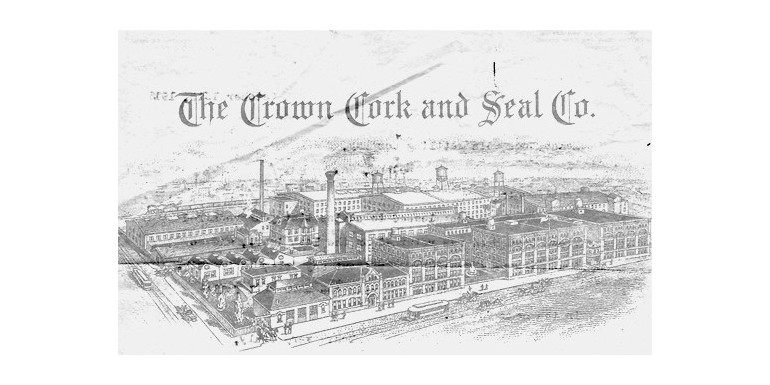
Not many of inventions last more than 100 years. The timeless one is for sure crown cap closure which came from XIX century. This small piece of metal turned the distribution of beverages across the world.
Inventor from Baltimore
In 1838, many well-known and respected artists were born, such as Jan Matejko, Ferdinand Graf von Zeppelin or Adam Asnyk. Only a few sources mention the inventor who deserves a well-deserved place in this noble group. William Painter was born on November 20, 1838 in Maryland. He spent his childhood on the family farm. From an early age he showed above-average perceptiveness and patience. After graduating from high school in Wilmington, Delaware, he moved to Baltimore, where he was employed as a foreman. There he also settled down to finally devote himself to his greatest passion. Among the 80 designs of his authorship, an inconspicuous but undoubtedly groundbreaking object deserves special attention - the crown cap, i.e. the popular bottle cap.

21 Teeth
The enormous popularity of carbonated drinks in the 1880s gave rise to new needs. The caps used so far were not adapted to the specificity of the drink. Metal and porcelain materials influenced both the taste and safety of the product. Painter and his crown closure came to the rescue. Patent No. 468,258 was approved in 1892, just over a year from the miracle idea. What distinguished the invention was the extremely simple but reliable steel structure. Its cover was sealed with a cork disc that prevented poisonous compounds from entering the fluid. The whole thing was kept by a special collar, originally consisting of 24 teeth. The version consisting of 21 teeth (diameter 26.75 mm), confirmed by the DIN 6099 standard, was later considered the optimal one. The German standard is used - with some exceptions - to this day. The high demand for caps allowed the creator to start his own business. The success of Crown Cork & Seal Company can be proved by the fact that currently (as Crown Holdings, Inc.) it operates in 39 countries and employs over 33,000 employees.
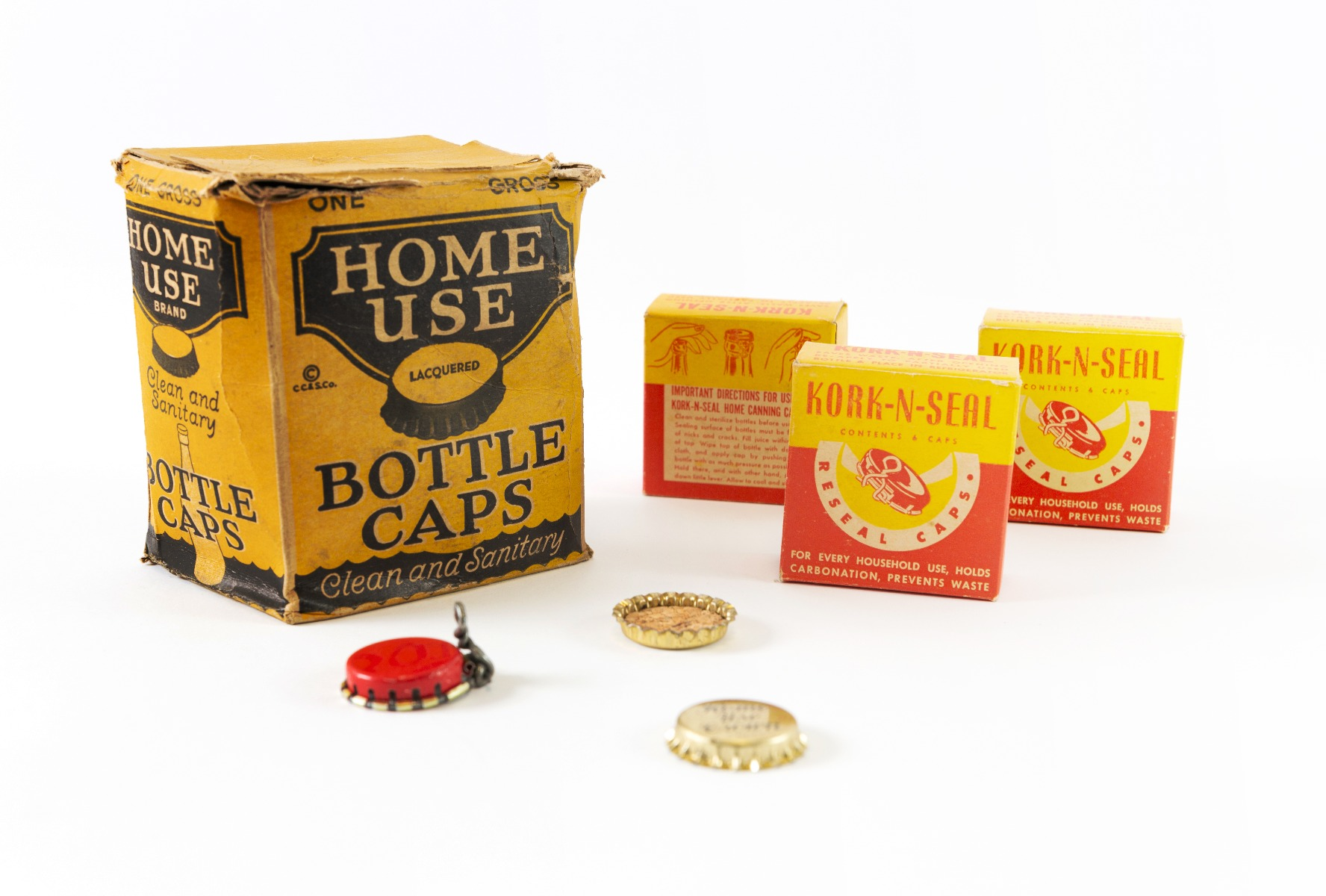
Open and close
As thirsty consumers were given the opportunity to transport their favorite drink, their patience was put to the test again. There was no suitable opening tool on the market. In an advertisement printed in Western Brewer, Painter recommended the use of a nail, knife or screwdriver. He himself started working on a dedicated device, i.e. a world-famous bottle opener. The patent was recognized in 1894. Producers looking for modern solutions were to be encouraged by the Crown Soda Machine. The devices, powered by human legs, performed three basic functions: they mixed syrup with sparkling water, filled bottles and closed them with a cap. The author claimed that he was able to run eight complete trials in a minute. Development work continued until 1902, when he presented an electric model to the world. The new machine, reaching 60-100 bottles per minute, only confirmed the leadership status. The design is the prototype of today's production lines. Unfortunately, only a few machines of this type have survived. Two of them underwent restoration (1992) and one went to the World of Coca-Cola museum in Atlanta. It is worth noting that the young entrepreneur had not only an extraordinary imagination, but also a head for business. To convince the bottlers to cooperate, he organized a demonstration cruise. The ship, equipped with several hundred crates of beer with a crown closure, traveled from North America to South America and back. The goal has been achieved: no drink has lost its properties and unique taste. After all, the largest brewers put their trust in the Crown Cork & Seal Company. Other plants were established, incl. in Germany, Brazil and Japan.
Timeless cap
Everything changed after the death of the owner (July 15, 1906, Baltimore), when the brand came under the wings of his son-in-law William, who did not intend to spend his time, let alone his heart. The outbreak of World War I left a significant mark on the economy, but the worst was yet to come. The announcement of the crisis appears on July 1, 1919, the moment of the introduction of military prohibition. Already on January 20, 1920, the area of the United States was banned from drinking alcohol. The concept of an alternative version of the cork has therefore raised high hopes. Its shape was born in the head of another director - Charles McManus. It quickly turned out that a cheaper replacement would not be enough. The Great Depression forced the authorities to look for other sources of income, including in the tea can industry. Thanks to bold decisions, things started to go straight again. Another important investment was the acquisition of "Acme Can", which enabled the expansion of the offer to include activities related to the production of beverage cans. After the death of McManus, thanks to the new president (J.F. Connelly), the company's headquarters were moved to Philadelphia. Production of aluminum cans (D&I) started in 1980. The base overlay design has survived and has evolved over time. The current development of technology allows the use of advanced sealing materials capable of scavenging oxygen. Factories today are equipped with machines filling up to 1,200 bottles per minute.
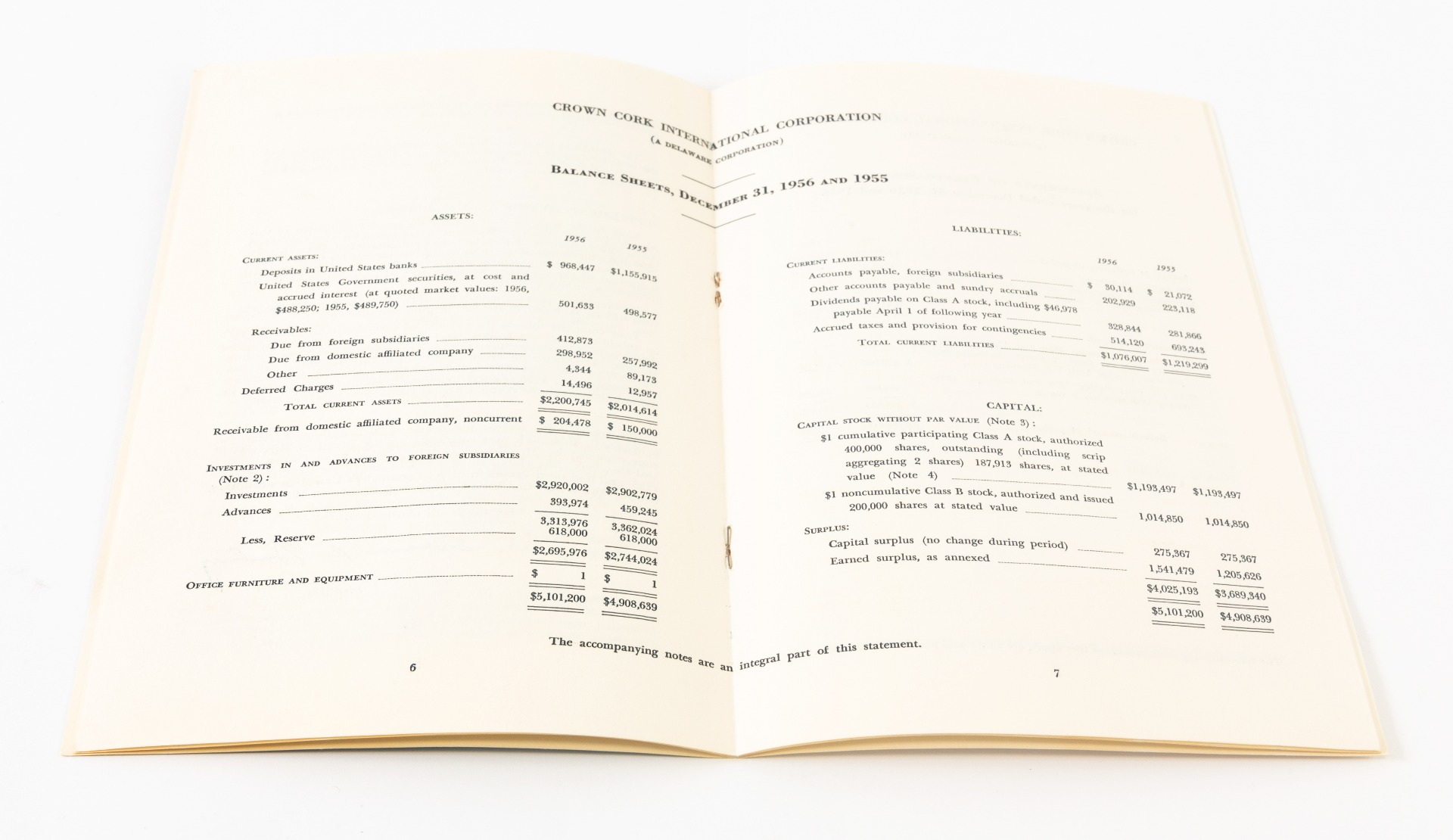
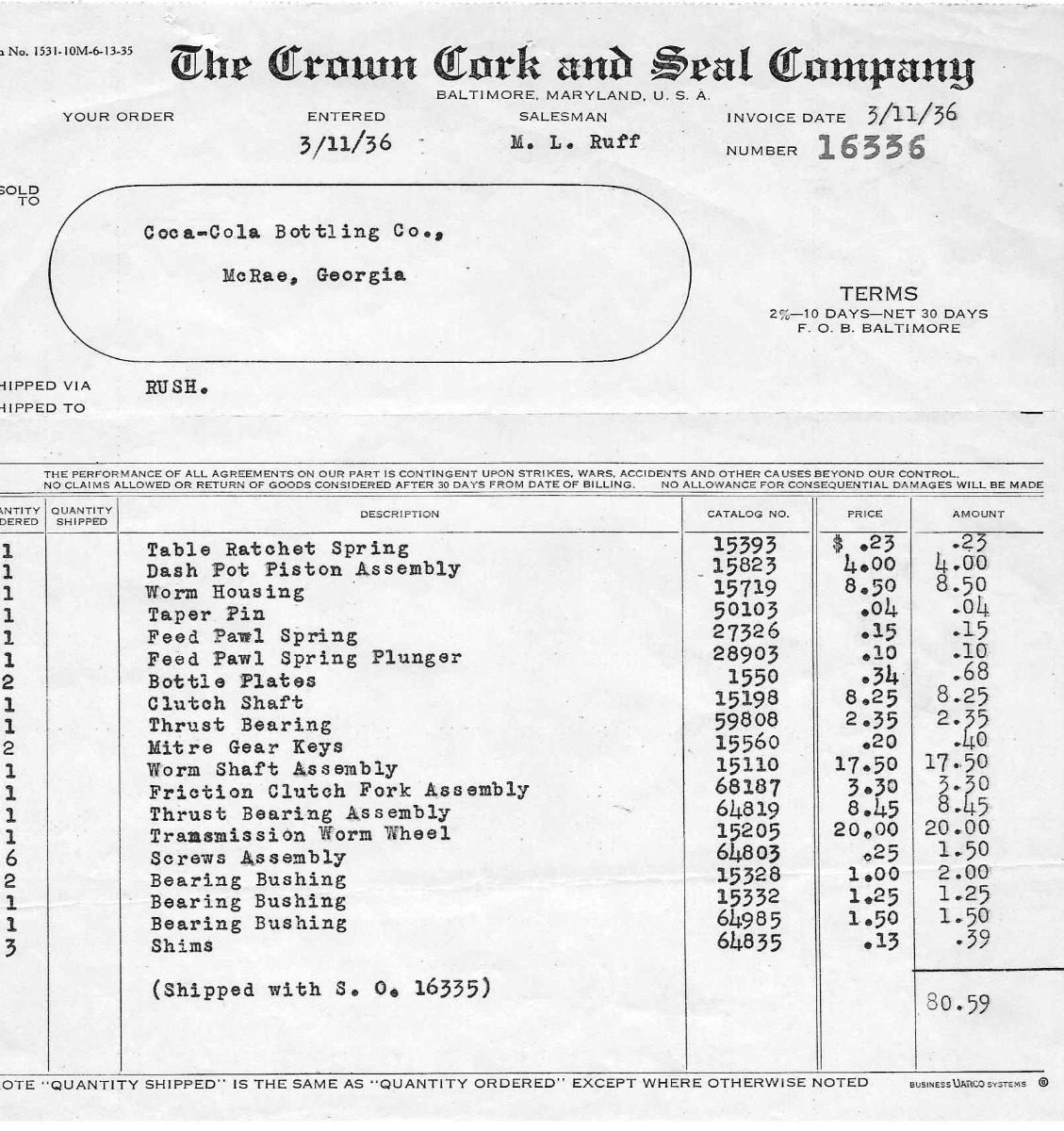
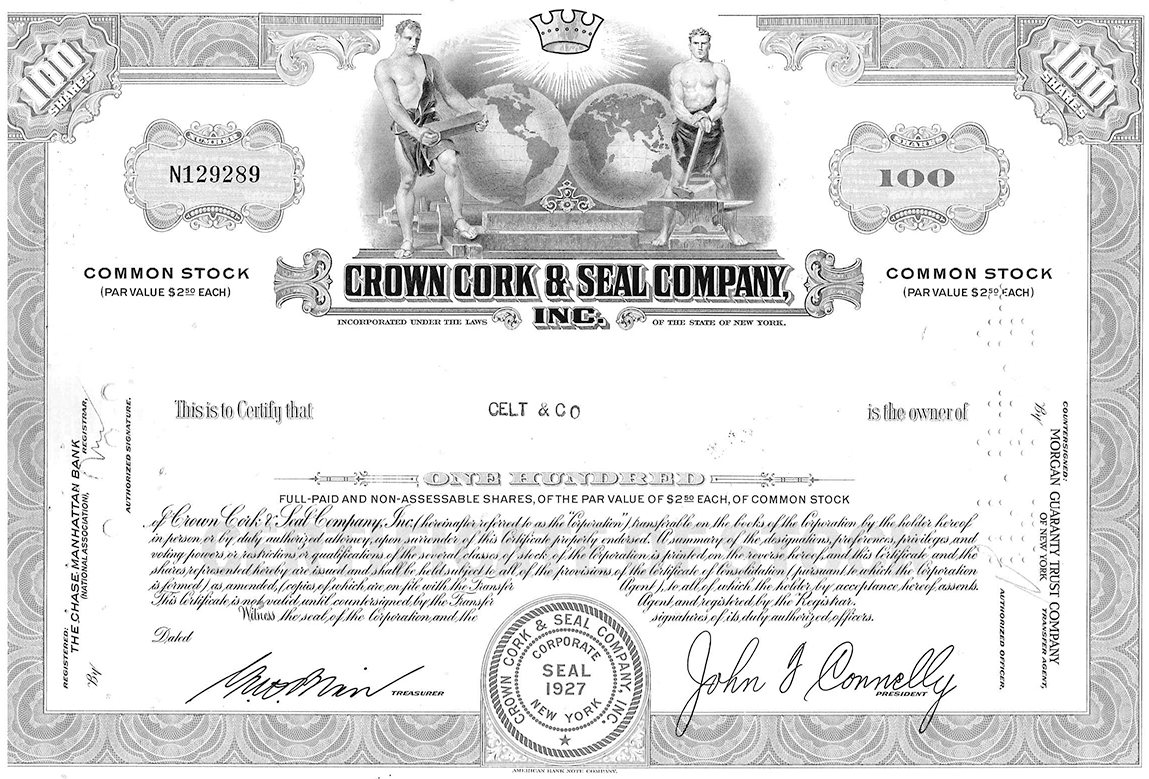
William Painter has undoubtedly revolutionized the carbonated drinks market and has reached millions of households. The world may have forgotten him a bit, but the creations of our minds last longer than we do. Promet is also driven by the idea of a genius. We believe that the crown cap is a timeless invention and we want to continue to cultivate its tradition.
Sources:
Painter, Orrin Chalfant. 1914 William Painter and his father, Dr. Edward Painter: Sketches and Reminiscences.
http://hutchbook.com/Painter%2002-02-1892/default.htm
https://lemelson.mit.edu/resources/william-painter





